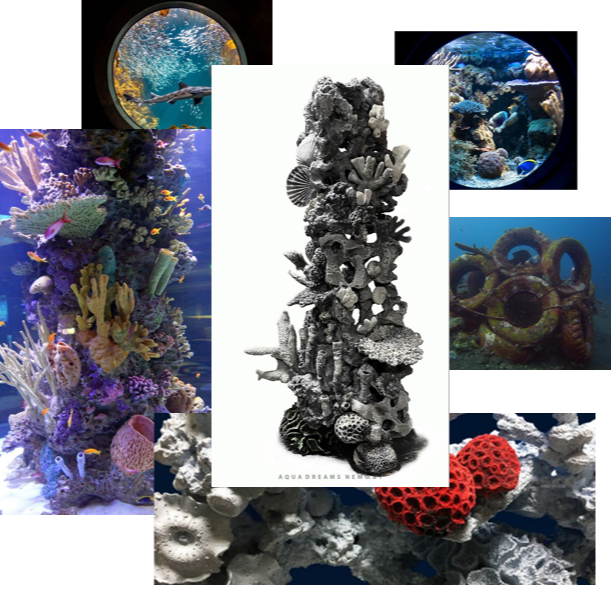Gantt Chart + Concept Design + Initial Model
Gantt Chart

Ideation (12/13/24 – 2/16/25, 66days)
This is the brainstorming phase, where all the initial ideas come together. I left out the Christmas and exams period, so although it seems to be a long duration, it was only 10-15 days.
Research (2/19/25 – 4/18/25, 59 days)
Right after ideation, I dive deep into research to gather all the needed background info.
Concept Development (2/27/25 – 3/19/25, 22 days)
While research is still going,I start shaping the main concept.
User Research / Persona (3/9/25 – 3/16/25, 7 days)
This is a short phase focused on understanding the target users and building personas.
Interaction Design (3/19/25 – 3/29/25, 10 days)
Here, I’ll work on how users will interact with the project or product.
Sculpture Design (3/25/25 – 4/8/25, 13 days)
Designing the physical or visual parts, tied to the artistic side of things.
Visual Content Design (3/31/25 – 4/14/25, 14 days)
Creating all the visual materials and assets needed.
Experimentation & Fabrication (4/16/25 – 5/6/25, 20 days)
This is when I’ll test ideas and starts building prototypes or physical pieces.
Digital Content Development (4/30/25 – 5/14/25, 14 days)
Working on digital parts, maybe things like media, software, or online content.
Assembly & Integration (5/7/25 – 5/20/25, 13 days)
Pulling everything together into a working whole.
Testing & Refinement (5/20/25 – 5/23/25, 3 days)
A quick but important phase to test and make last tweaks.
Installation & Setup (5/23/25 – 5/24/25, 1 day)
Getting everything in place and ready to go live or be presented.
Thesis Writing (3/31/25 – 5/25/25, 55 days)
Writing up the formal report or thesis alongside the hands-on work.
Blog Documentation (2/17/25 – 5/25/25, 98 days)
Keeping a blog or journal updated throughout the whole project to track progress and share updates.
Moodboard
https://www.teamlab.art/w/sketch_ocean
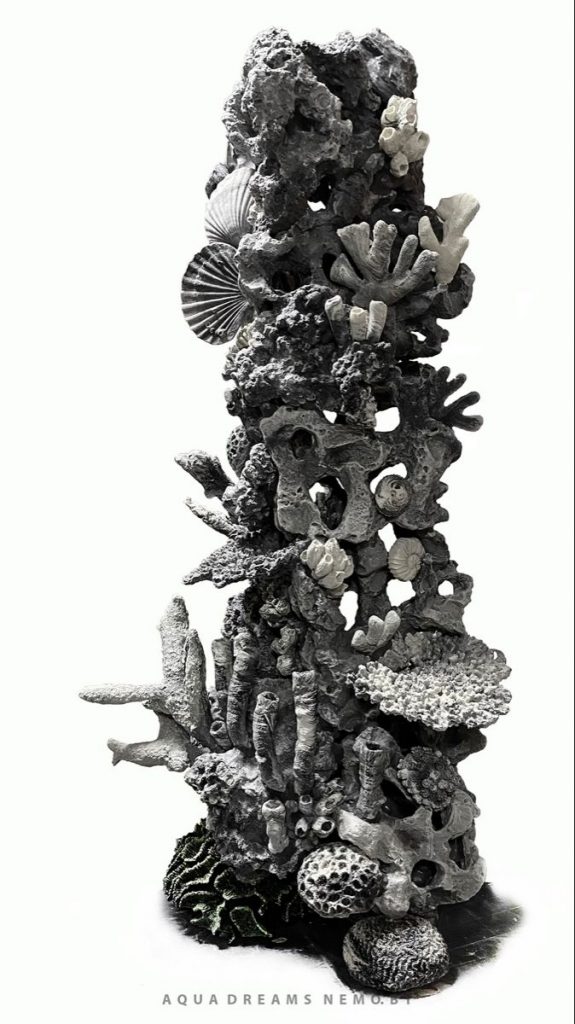
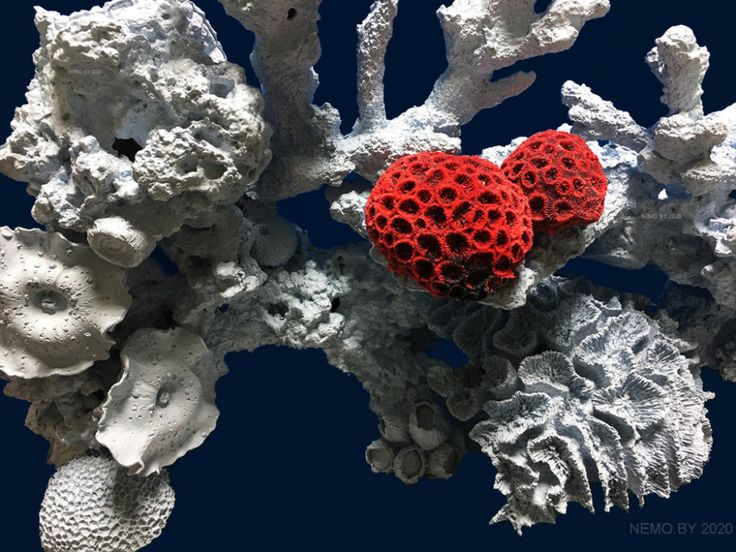

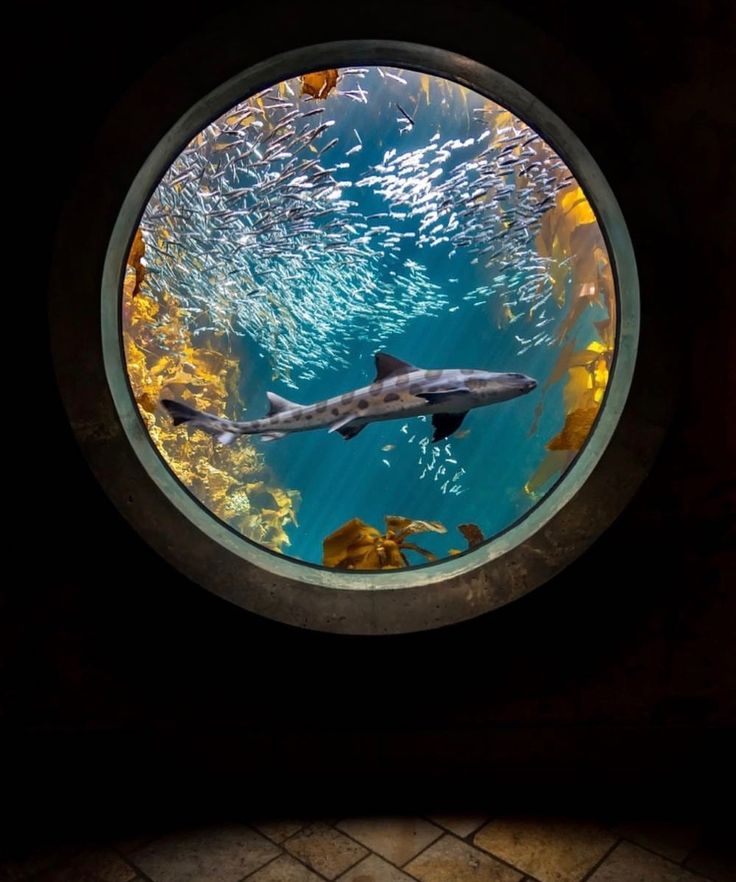
Concept Design
I started by sketching some quick concept designs based on everything I learned last week. At first, I found it surprisingly hard to translate all my ideas into something visual. How could I show the balance between nature and artificiality clearly? I kept thinking back to Jason deCaires Taylor’s sculptures, which were elegant and naturalistic, but I also wanted something more explicitly synthetic and technological in my design.
Eventually, I settled on a simple, organic structure that felt coral-like but had clearly mechanical or industrial elements. It’s hard to describe exactly, but imagine something natural and technological simultaneously—like if nature itself decided to mimic human machinery. It felt like a good representation of the complexity of artificial reefs.
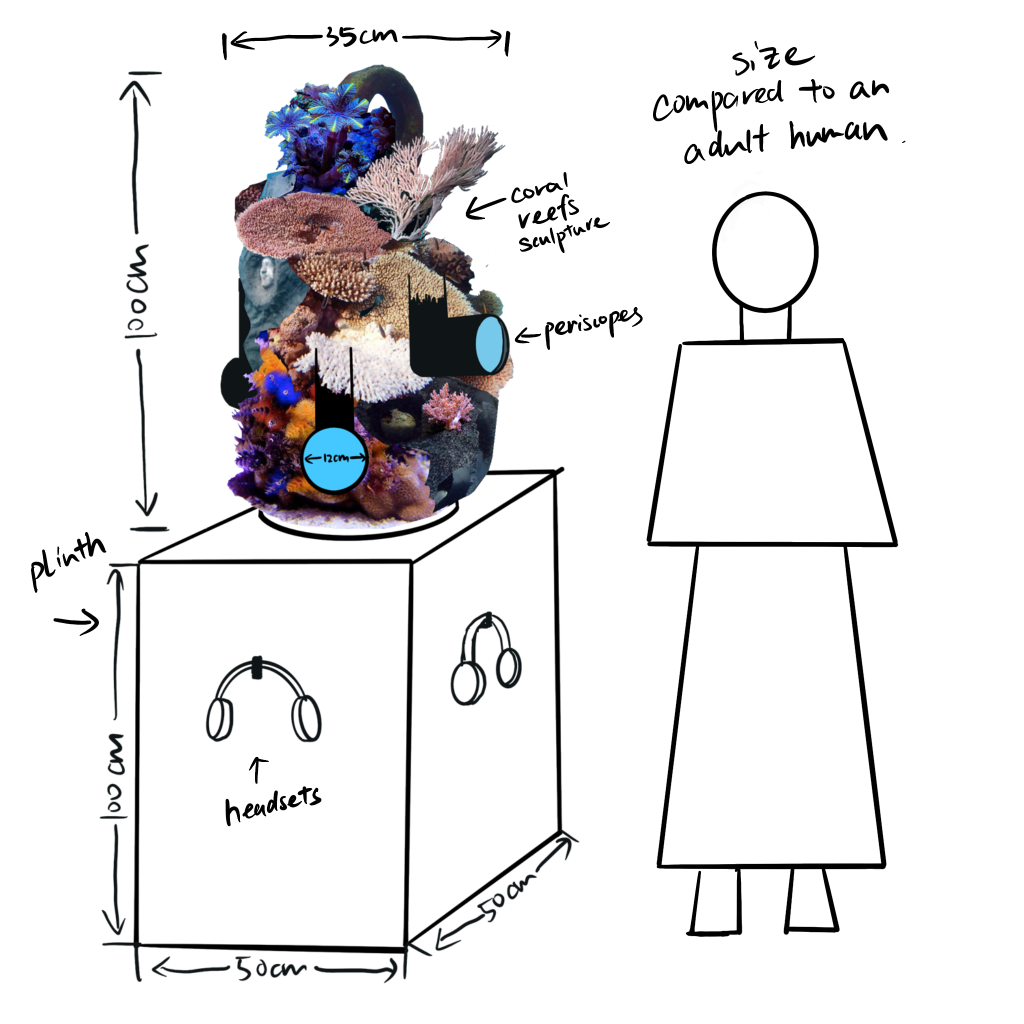
Initial Model
Then came the actual clay modelling. At first, I was genuinely excited—clay seemed like the perfect medium to start with because it’s cheap, easy to find, and super forgiving. But very quickly, I realised there was a big learning curve. It took me ages just to knead and shape it into something resembling coral. I never thought I’d be spending so much time figuring out how to get clay to hold its shape properly!
At one point, I tried to make a coral branch structure, and it kept collapsing under its own weight. That was honestly so frustrating—I felt like I was fighting gravity. Eventually, after some online tutorials, I learned about using armatures (basically, internal skeletons) to support larger shapes. It made things easier, but even then, my first prototype cracked and broke. I guess that’s why they call it prototyping, right?
After a few more tries, I finally got something decent-looking—a small-scale model of my imagined sculpture. Seeing it physically was incredibly motivating. It wasn’t perfect, obviously, but it made the project feel real for the first time. I could finally visualize how the screens, periscopes, and digital elements might integrate with the sculpture.
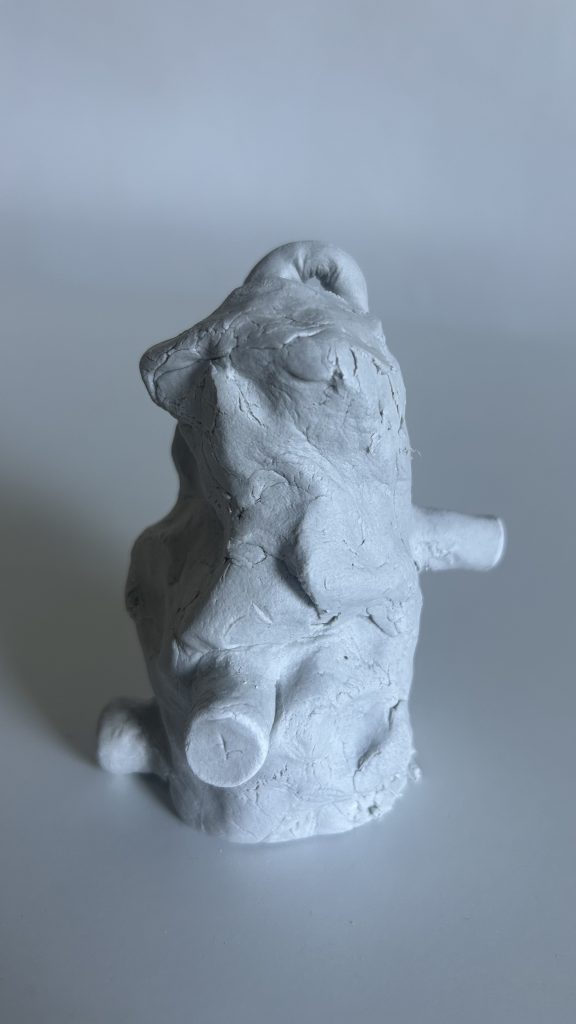
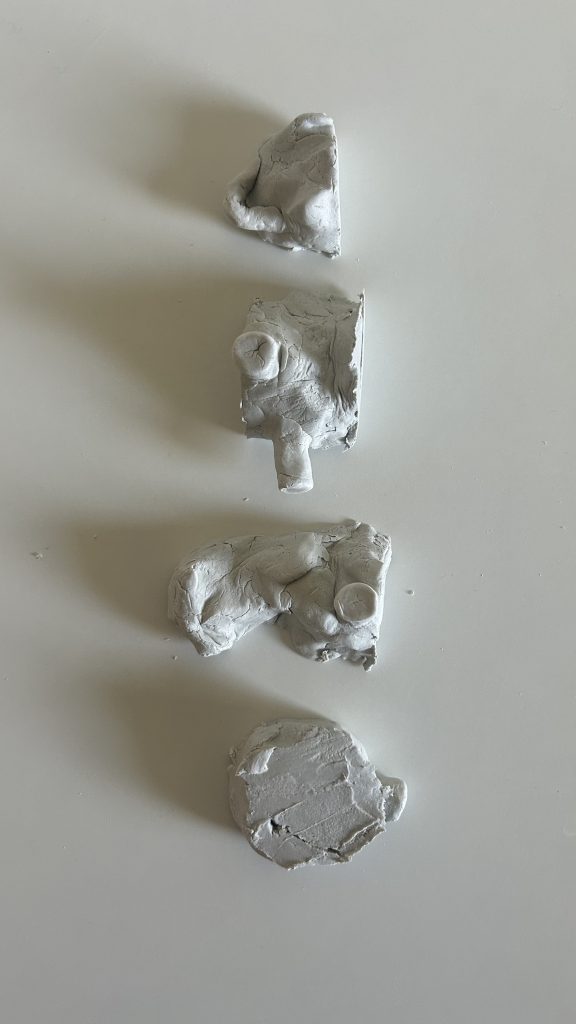
Reeflection
I’ve learned a lot this week, especially about patience and accepting imperfections. Physical prototyping is messy and unpredictable—nothing like the neatness of digital work or the theoretical world of research. But that’s exactly why I love it. There’s something deeply satisfying about seeing your idea slowly emerge from a lump of clay, flaws and all.
Next week, I’m diving back into research—this time focusing on developing audience personas and diving deeper into academic literature. Honestly, I’ll miss getting messy with the clay, but I’m excited to further define who my project is actually for.
